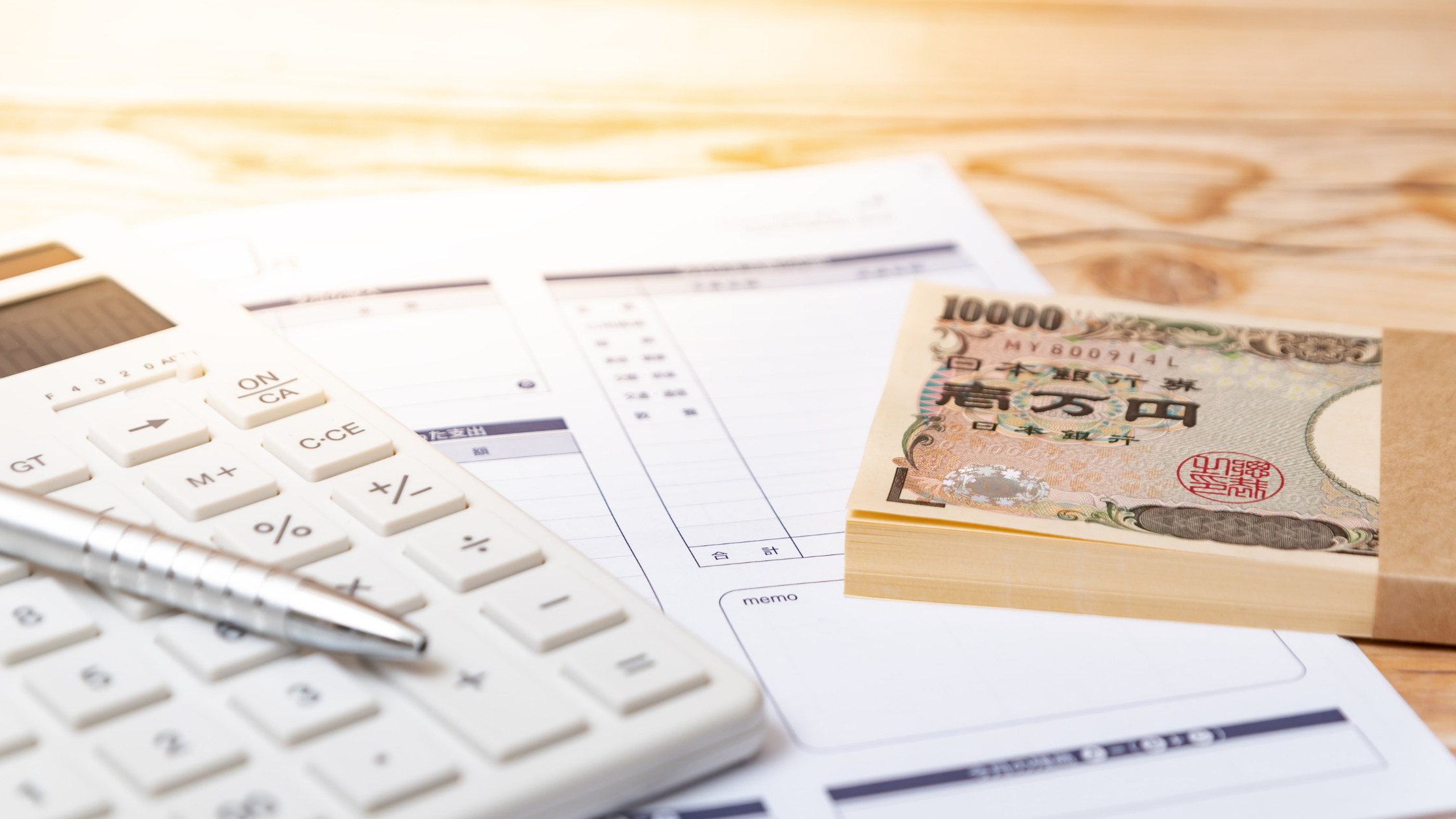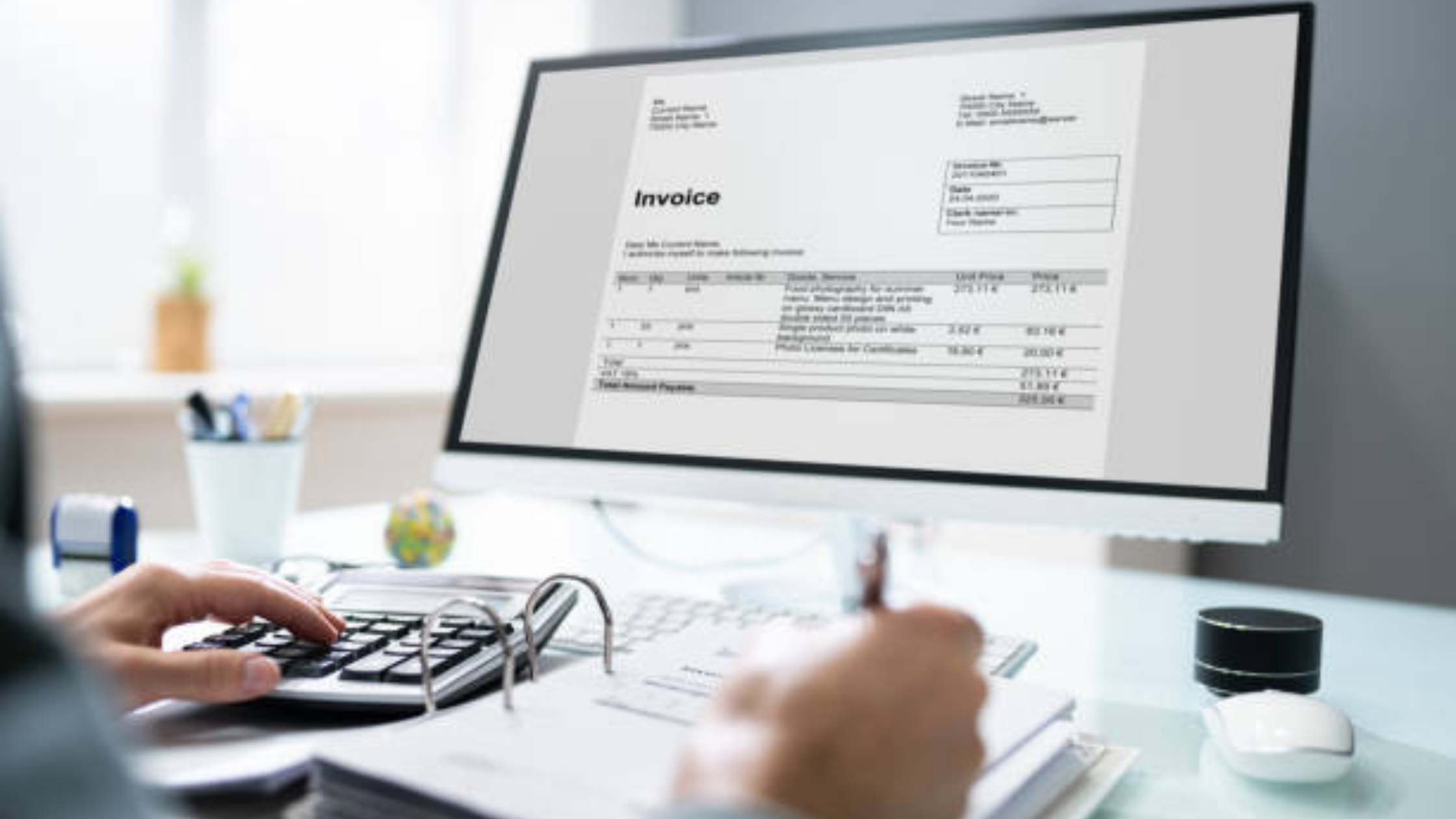Streamline Your Restaurant Receipts

In the fast-paced world of the restaurant industry, efficiency is key to success. One area that often gets overlooked but can greatly impact operations is the management of receipts. Streamlining your restaurant receipts not only saves time but also improves accuracy and organization. By implementing digital receipt systems, you can reduce paper waste, easily track transactions, and simplify accounting processes. This introduction will explore the benefits of modernizing your receipt management system and provide practical tips for making the transition smooth and effective. Whether you run a small bistro or a bustling eatery, optimizing your receipt procedures can lead to increased productivity and customer satisfaction. Let's delve into the world of digital receipts and discover how they can revolutionize the way you handle financial transactions in your restaurant.
Benefits of Streamlining Receipts
Businesses are constantly seeking ways to streamline their processes and improve efficiency. One area that often gets overlooked but can have a significant impact is receipt management. By implementing a streamlined receipt system, businesses can experience a range of benefits that not only save time and money but also improve overall organization and accuracy in financial records.
Enhanced Operational Efficiency and Organization
One of the key benefits of streamlining receipts is the enhanced operational efficiency it brings to a business. By digitizing receipts and implementing automated systems for receipt management, businesses can significantly reduce the time and effort required to process and organize receipts. This not only frees up valuable resources but also allows employees to focus on more strategic tasks that drive business growth.
Cost Savings Through Reduced Paper Usage
Another significant advantage of streamlining receipts is the cost savings that come from reduced paper usage. Traditional receipt management systems often rely on paper receipts, which not only contribute to clutter and disorganization but also incur costs for printing and storage. By transitioning to a digital receipt management system, businesses can eliminate the need for paper receipts, leading to cost savings and a more environmentally friendly approach.
Increased Accuracy in Financial Records
Accuracy in financial records is crucial for any business, and streamlining receipts can greatly improve this aspect. Manual entry of receipt data is prone to errors, which can lead to discrepancies in financial records and potential compliance issues. By automating the receipt management process and integrating it with accounting systems, businesses can ensure greater accuracy in their financial records, leading to better decision-making and financial transparency.
Additional Benefits of Streamlining Receipts
Beyond the core advantages mentioned, streamlining receipts offers additional benefits that can further enhance a business's operations. One such benefit is improved audit readiness. With digital receipt management, businesses can easily access and provide detailed records during audits, saving time and reducing the stress associated with compliance checks.
Furthermore, streamlining receipts can also facilitate better expense tracking and budget management. By having a centralized system that tracks all receipts digitally, businesses can gain insights into their spending patterns, identify cost-saving opportunities, and make more informed budgeting decisions.
Moreover, the implementation of streamlined receipt processes can enhance vendor relationships. Efficient receipt management can lead to faster invoice processing and payment cycles, improving vendor satisfaction and potentially opening doors to discounts or better terms.
The benefits of streamlining receipts are clear and impactful. From enhanced operational efficiency and cost savings to increased accuracy in financial records, businesses that embrace digital receipt management stand to gain a competitive edge in today's fast-paced business environment.
Technological Solutions for Receipt Management
Managing receipts efficiently is crucial for businesses of all sizes. Thankfully, there are several technological solutions available that can streamline the receipt management process and help businesses stay organized. Let's explore some of the key technological solutions for receipt management:.
- Digital Receipt Systems and Specialized Software
Gone are the days of storing paper receipts in bulky filing cabinets. Digital receipt systems and specialized software allow businesses to digitize their receipts, making them easily searchable and accessible. These systems often come with features such as optical character recognition (OCR) technology, which can extract important information from receipts and categorize expenses automatically.
- Integration with Accounting Platforms
One of the major benefits of using technological solutions for receipt management is the seamless integration with accounting platforms. By integrating receipt management systems with accounting software, businesses can ensure that all expenses are accurately recorded and categorized. This integration not only saves time but also reduces the risk of manual errors in financial reporting.
- Mobile Applications for Efficient Receipt Tracking
Mobile applications have revolutionized the way businesses track and manage receipts. With mobile receipt tracking apps, employees can easily capture images of receipts on the go and upload them to a centralized system. These apps often come with features like real-time expense tracking, receipt approval workflows, and multi-device synchronization, making it easier for businesses to keep track of their expenses.
- Cloud-Based Receipt Management
Cloud-based receipt management solutions offer businesses the flexibility to access their receipt data from anywhere, at any time. By storing receipts in the cloud, businesses can ensure data security, easy scalability, and seamless collaboration among team members. Additionally, cloud-based systems often provide advanced reporting and analytics features, allowing businesses to gain valuable insights into their spending patterns and make informed financial decisions.
- Automated Expense Reporting
Automation plays a key role in modern receipt management. Automated expense reporting tools can streamline the reimbursement process, reduce the time spent on manual data entry, and minimize the chances of errors. These tools can automatically match receipts with corresponding transactions, generate expense reports, and provide detailed breakdowns of expenses by category, project, or client.
Technological solutions for receipt management offer a wide range of benefits, from improved efficiency and accuracy to better organization and compliance. By leveraging digital receipt systems, integrating with accounting platforms, utilizing mobile applications, embracing cloud-based solutions, and implementing automated expense reporting, businesses can take control of their receipt management processes and focus on what truly matters – growing their business.
Best Practices for Effective Receipt Handling
Establishing a Standardized Receipt Filing System
Establishing a standardized receipt filing system is crucial for efficient operations. By categorizing receipts based on expense type, date, and vendor, businesses can streamline the process of handling receipts. This not only ensures easy retrieval and reference but also facilitates quick decision-making based on financial data.
Regular Reconciliation of Receipts with Sales Data
To maintain financial accuracy and integrity, businesses should prioritize the regular reconciliation of receipts with sales data. This practice involves cross-referencing receipts with sales transactions to identify discrepancies and ensure that all financial records align. By conducting frequent reconciliations, businesses can detect errors early on, prevent fraud, and uphold transparency in their financial reporting.
Training Staff on Proper Receipt Management Techniques
Empowering staff with the necessary skills and knowledge in receipt management is essential for consistent and error-free operations. Training programs should not only cover the basics of collecting, storing, and submitting receipts but also emphasize the importance of accuracy and timeliness. Additionally, educating employees on the significance of maintaining organized records can lead to improved compliance with financial regulations and internal policies.
Leveraging Digital Tools for Receipt Management
In the digital age, businesses can enhance their receipt handling practices by leveraging technology. Implementing digital receipt management tools and software can automate the process of capturing, organizing, and storing receipts. These tools offer features such as optical character recognition (OCR) for digitizing paper receipts, cloud storage for easy access, and expense tracking for efficient financial management.
Implementing Audit Trails for Receipts
As part of a robust receipt handling strategy, businesses should consider implementing audit trails for receipts. Audit trails provide a detailed record of all receipt-related activities, including who accessed or modified a receipt and when. By maintaining audit trails, businesses can enhance accountability, trace any discrepancies, and strengthen internal controls.
Monitoring Compliance with Receipt Policies
To ensure adherence to receipt handling policies and procedures, businesses should regularly monitor compliance. This involves conducting periodic audits, spot checks, or reviews to verify that employees are following established guidelines. By monitoring compliance, businesses can identify areas for improvement, address training needs, and mitigate risks associated with non-compliance.
Adopting best practices for effective receipt handling is essential for promoting financial transparency, accuracy, and efficiency within an organization. By establishing standardized filing systems, conducting regular reconciliations, training staff, leveraging digital tools, implementing audit trails, and monitoring compliance, businesses can optimize their receipt management processes and safeguard their financial integrity.
Real-world Success Stories
- Increased Efficiency and Customer Satisfaction at XYZ Restaurant
XYZ Restaurant, a popular dining spot in the heart of the city, implemented a digital receipt system to replace traditional paper receipts. This simple yet effective change not only reduced paper waste but also improved the overall efficiency of their operations. With digital receipts, the restaurant was able to track orders more accurately, leading to faster service and reduced errors. As a result, customer satisfaction levels soared, leading to an increase in repeat business and positive word-of-mouth.
- Streamlined Operations and Cost Savings at ABC Cafe
ABC Cafe, a cozy neighborhood cafe known for its artisanal coffee and pastries, decided to upgrade its POS system to include receipt customization features. By personalizing receipts with special offers and promotions, ABC Cafe was able to upsell additional items and drive more revenue. Moreover, the cafe leveraged data analytics from the POS system to identify popular menu items and optimize inventory management. This data-driven approach not only streamlined operations but also resulted in significant cost savings for the business.
- Enhanced Data Analysis and Decision Making at 123 Bistro
123 Bistro, a fine dining establishment renowned for its seasonal menus, integrated a cloud-based receipt management solution to digitize its receipts and invoices. This digital transformation enabled 123 Bistro to access real-time sales data, customer feedback, and expense reports, empowering the management team to make informed decisions. By leveraging data analysis tools, the restaurant was able to identify trends, forecast demand, and tailor its offerings to meet customer preferences. The result was a more agile and competitive business that consistently delivered exceptional dining experiences.
These success stories highlight the tangible benefits of optimizing receipt processes in the restaurant industry. By embracing technology, streamlining operations, and leveraging data-driven insights, restaurants can enhance efficiency, boost customer satisfaction, and drive sustainable growth in today's dynamic market landscape.
Future Trends in Receipt Management
Receipt management is undergoing significant transformations driven by technological advancements. Let's delve into the future trends shaping the landscape of receipt management.
Predictions on Technology's Role in Receipt Management
The future of receipt management is set to be heavily influenced by technology. With the increasing integration of artificial intelligence (AI) and machine learning (ML) algorithms, businesses will witness a paradigm shift in how receipts are processed, analyzed, and utilized. AI will not only streamline data extraction but also provide valuable insights into spending patterns, helping businesses make informed decisions. Furthermore, the rise of blockchain technology is expected to revolutionize receipt management by ensuring secure and tamper-proof transactions, enhancing trust and transparency in financial records.
Advancements in Receipt Digitization and Automation
The evolution of receipt digitization and automation will continue to gain momentum in the coming years. Cloud-based receipt management systems will become more sophisticated, offering features such as real-time data synchronization, multi-device accessibility, and advanced security protocols. Moreover, the integration of optical character recognition (OCR) technology will enable instant digitization of paper receipts, eliminating the need for manual data entry. Additionally, the utilization of Internet of Things (IoT) devices in receipt management will enable seamless tracking of transactions and real-time monitoring of expenses, further enhancing efficiency and accuracy.
Enhanced User Experience and Compliance
In the future, receipt management solutions will prioritize user experience and compliance with regulatory standards. User-friendly interfaces, customizable dashboards, and interactive reporting tools will empower users to effortlessly track, manage, and analyze their receipts. Additionally, stringent data privacy regulations will drive the adoption of encryption techniques and secure authentication methods to safeguard sensitive financial information. The incorporation of biometric authentication methods, such as fingerprint or facial recognition, will add an extra layer of security to receipt management systems, ensuring data integrity and confidentiality.
Sustainability and Green Receipt Management
As environmental sustainability becomes a global priority, the future of receipt management will witness a shift towards eco-friendly practices. E-receipts, digital wallets, and blockchain technology will reduce paper waste and carbon footprint associated with traditional receipt printing. Businesses will embrace sustainable receipt management solutions to align with eco-conscious consumer preferences and contribute to environmental conservation. Furthermore, the implementation of carbon offset programs linked to digital transactions will promote environmental responsibility and encourage businesses to adopt greener practices.
The future of receipt management is characterized by innovation, efficiency, sustainability, and security. By embracing cutting-edge technologies, enhancing user experiences, ensuring regulatory compliance, and promoting eco-friendly practices, businesses can revolutionize their receipt management processes, drive operational excellence, and adapt to the dynamic digital landscape.
Conclusion
By implementing digital solutions and streamlining processes, restaurants can effectively manage their receipts, reduce paper waste, improve efficiency, and enhance the overall dining experience for both customers and staff. Embracing technology in receipt management not only benefits the environment but also contributes to the success and sustainability of the restaurant business in the long run.







